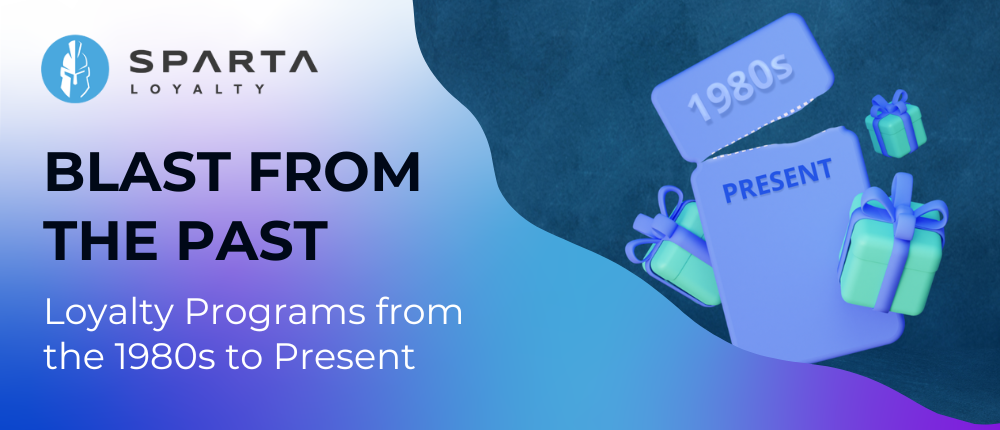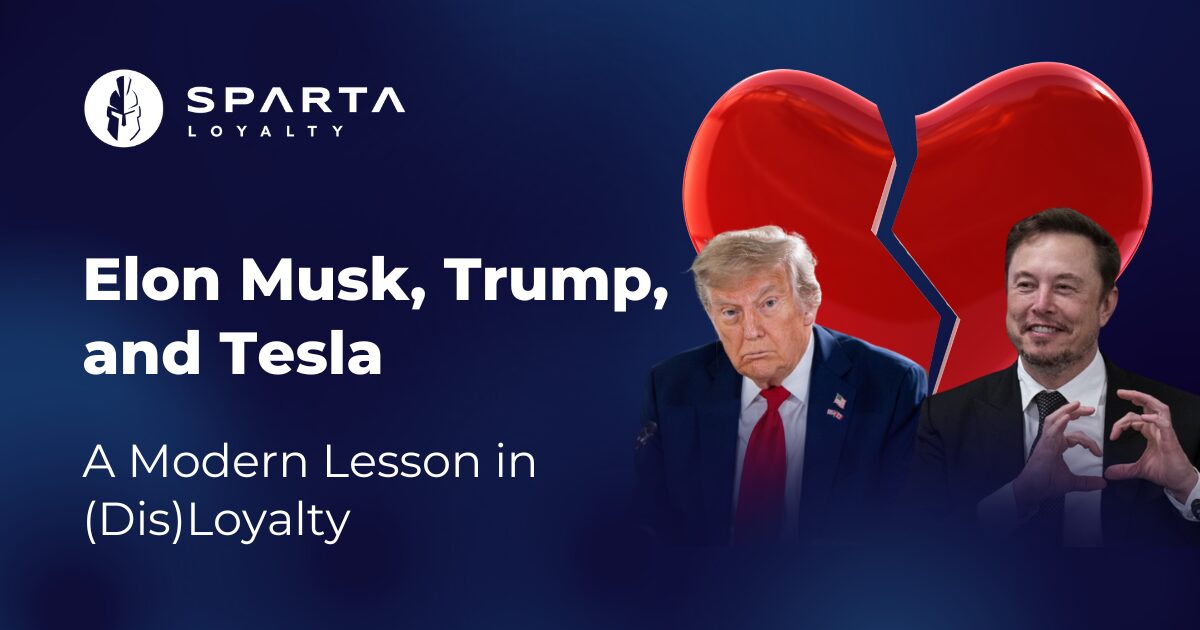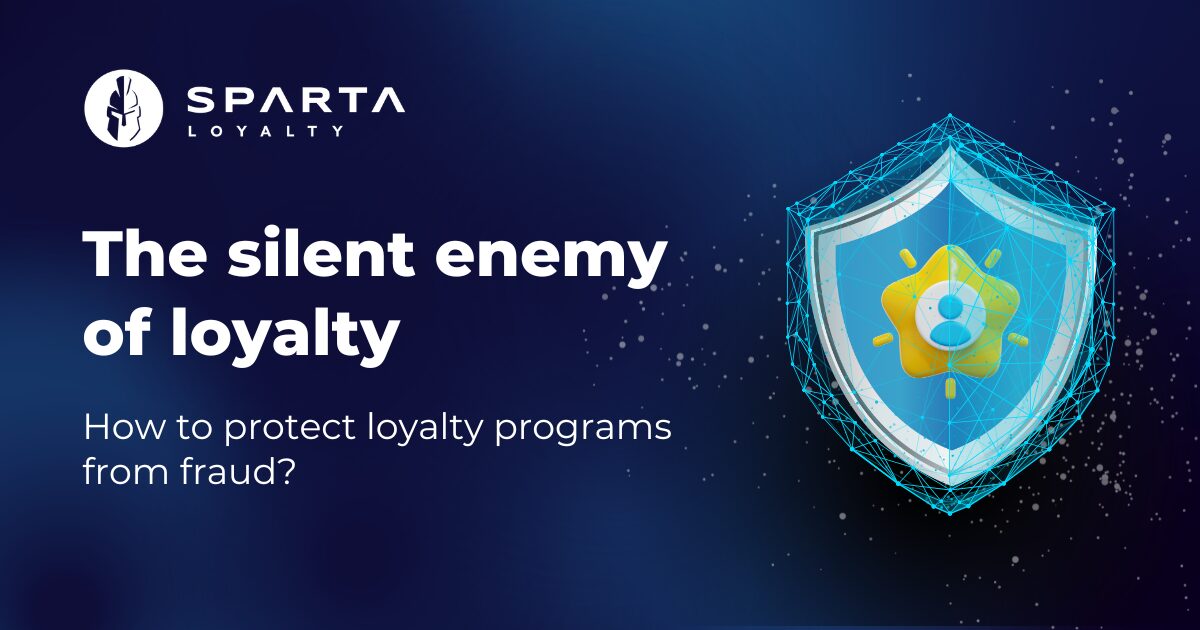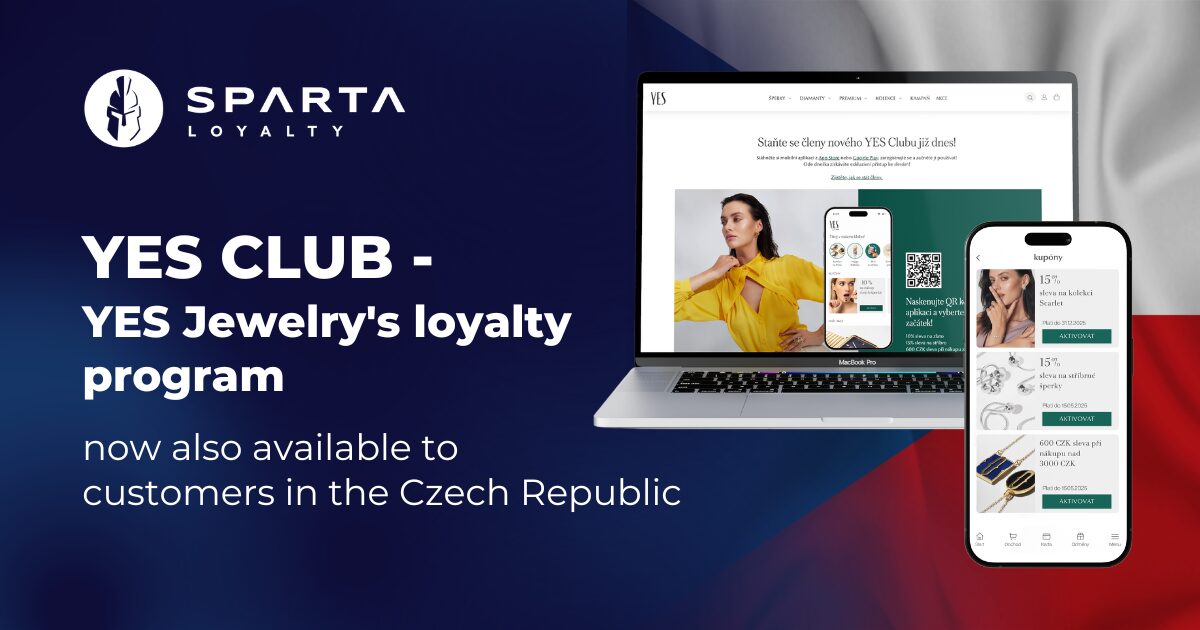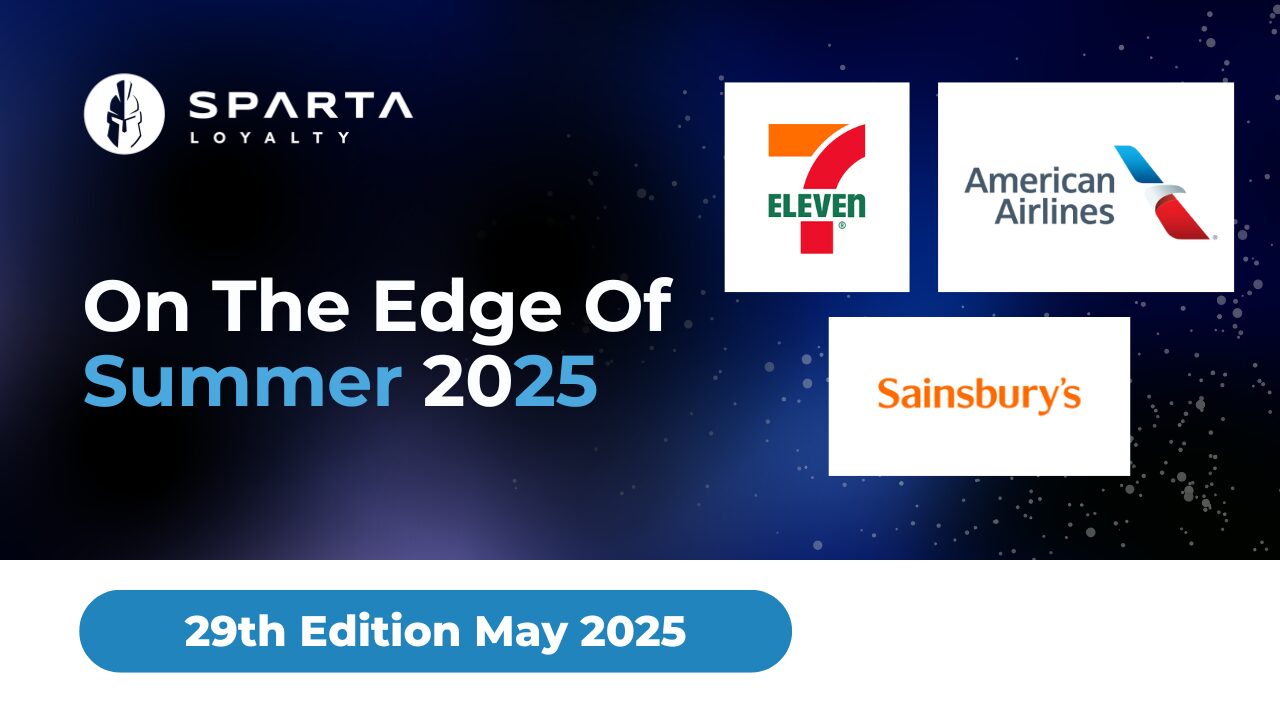Loyalty programs have been a cornerstone of consumer culture for centuries, with their earliest known form being a copper coin issued by an 18th-century tavern owner to incentivize repeat business. Since then, these programs have evolved into complex systems that leverage data analytics, machine learning, and other sophisticated technologies. This article delves into the groundbreaking loyalty programs that emerged in the 1980s and examines their lasting impact on business models and consumer behavior.
The 1980s: A Milestone for Vertical-Specific Loyalty Models

The 1980s marked a significant turning point in the development of loyalty programs. During this decade, businesses introduced vertical-specific models, focusing on particular industries like aviation and hospitality. Frequent flyer and hotel rewards programs were designed to reward loyal customers and gather invaluable data[4].
The Frequent Flyer Revolution
Widely regarded as the precursor of the modern era of loyalty programs, American Airlines’ Frequent Flyer program was launched in 1981. It broke new ground by offering “miles” for every flight taken, which could be redeemed for free flights or upgrades. The program leveraged sophisticated databases, allowing customers to track their miles and earn bonuses for reaching particular milestones[4].
Dual Benefits: Consumers and Businesses

While it’s apparent that loyalty programs offer numerous perks to consumers—such as discounts, free products, and exclusive events—they also serve as strategic tools for businesses. Analyzing customer participation and preferences helps companies refine their business models, identify strengths and weaknesses, and innovate new products or services[4].
Loyalty Programs as Economic Stabilizers
Another salient feature of loyalty programs is their ability to safeguard a business during economic crises. Offering discounts and other incentives, such programs encourage customer retention and spending, providing a financial cushion for businesses[6]. For instance, during the 1980s recession, American Airlines’ Frequent Flyer program not only survived but thrived, proving to be one of the most successful programs ever[2][6].
More Than Just Rewards: Data and Insights
Although they may seem merely to reward customer loyalty, modern loyalty programs are primarily designed to acquire data. Every interaction provides invaluable customer information businesses can use to gain deeper insights into consumer behavior and preferences[7].
Late 1980s: Birth of New Movements
The late 1980s witnessed two critical movements in loyalty programs that are still growing. First was the introduction of coalition loyalty programs, allowing customers to earn rewards across multiple brands. Second, the era marked the emergence of non-transactional loyalty programs, which extended tips for customer actions beyond purchases, such as social media engagement and reviews[3].
The Cultural and Psychological Impact
Loyalty programs have also left an indelible mark on culture and psychology. They have altered our perception of brand loyalty and consumerism, making loyalty cards and rewards apps ubiquitous in modern life[1].
The Resilience and Future of Loyalty Programs
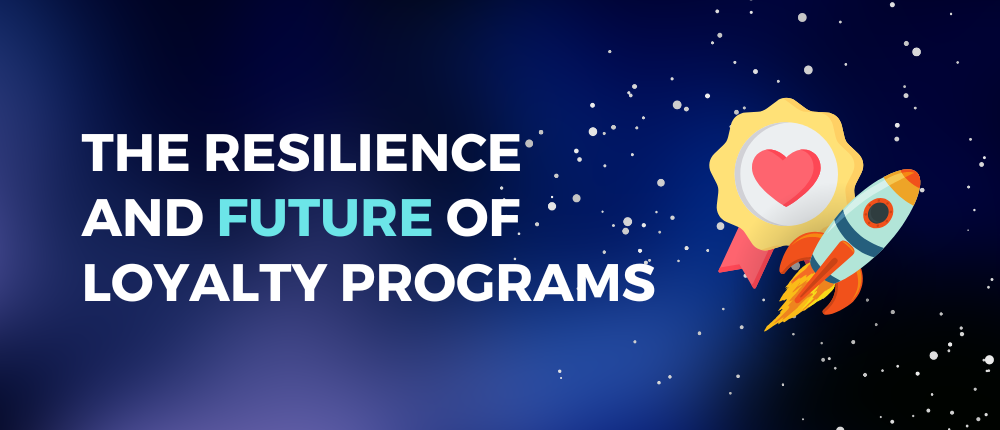
In conclusion, loyalty programs have proven to be more than just marketing tactics; they are complex frameworks impacting consumer behavior and business strategies. They also serve as a bulwark against economic downturns and a tool for generating critical consumer data. These benefits make them essential for the sustainability and growth of businesses across industries.
Whether through the pioneering frequent flyer programs of the 1980s or today’s data-driven, AI-enabled systems, loyalty programs remain an integral part of the business landscape. They are an enduring testament to the symbiotic relationship between consumer behavior and business innovation.
References
1. Moving Your Loyalty Program Out of the 1980s – CSP Daily News
2. A brief look into How Economic Crises affect Loyalty Programs – The Media Bulletin
3. The History of Loyalty Programs, Part One – Kobie Marketing
4. The History of Customer Loyalty Programs – Stuzo
5. The True History Of Loyalty Programs – Loyalty Reward Co
6. Build Customer Loyalty After Crisis: Loyalty Programs as a Lifeline – Zinrelo



